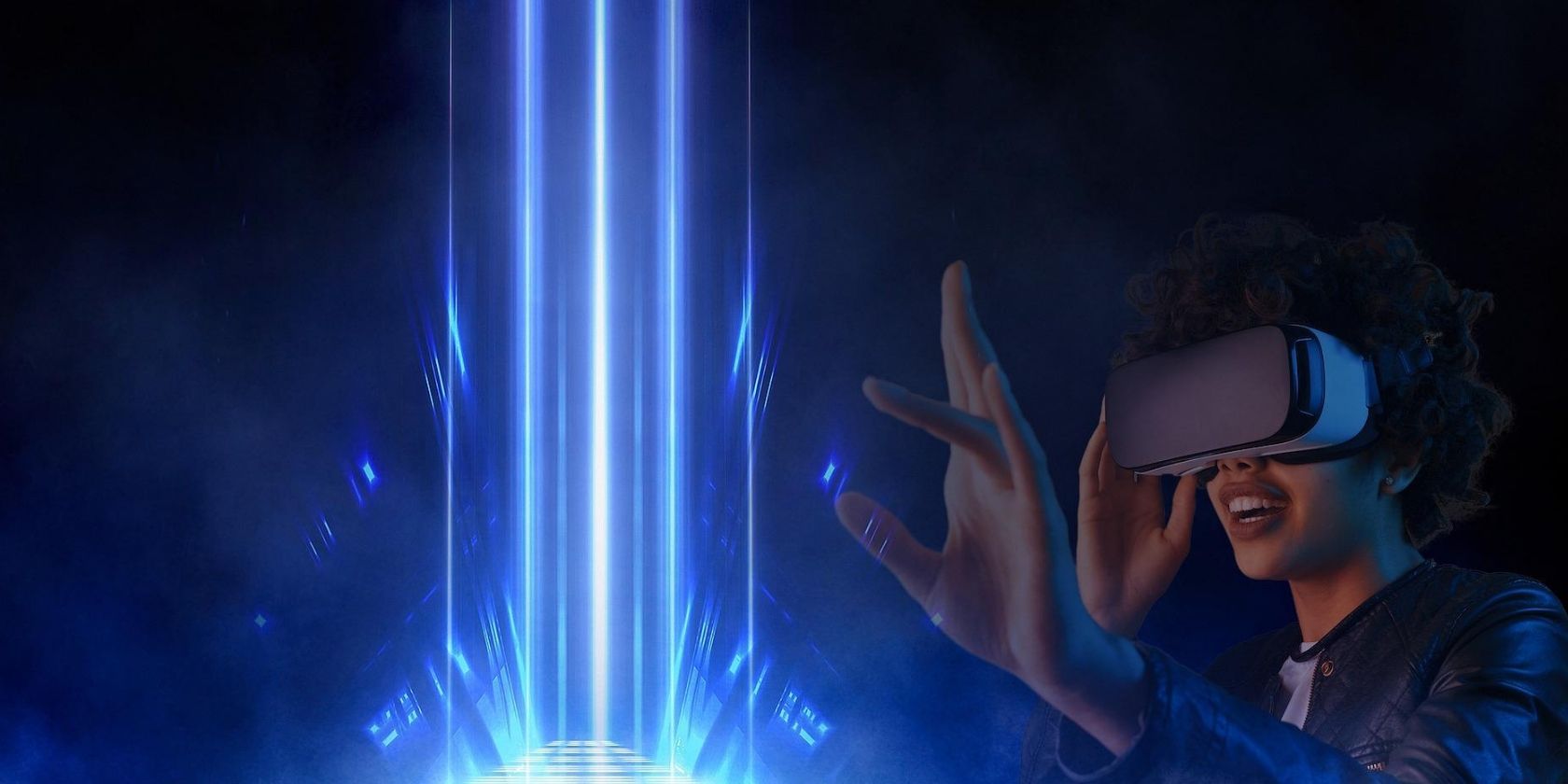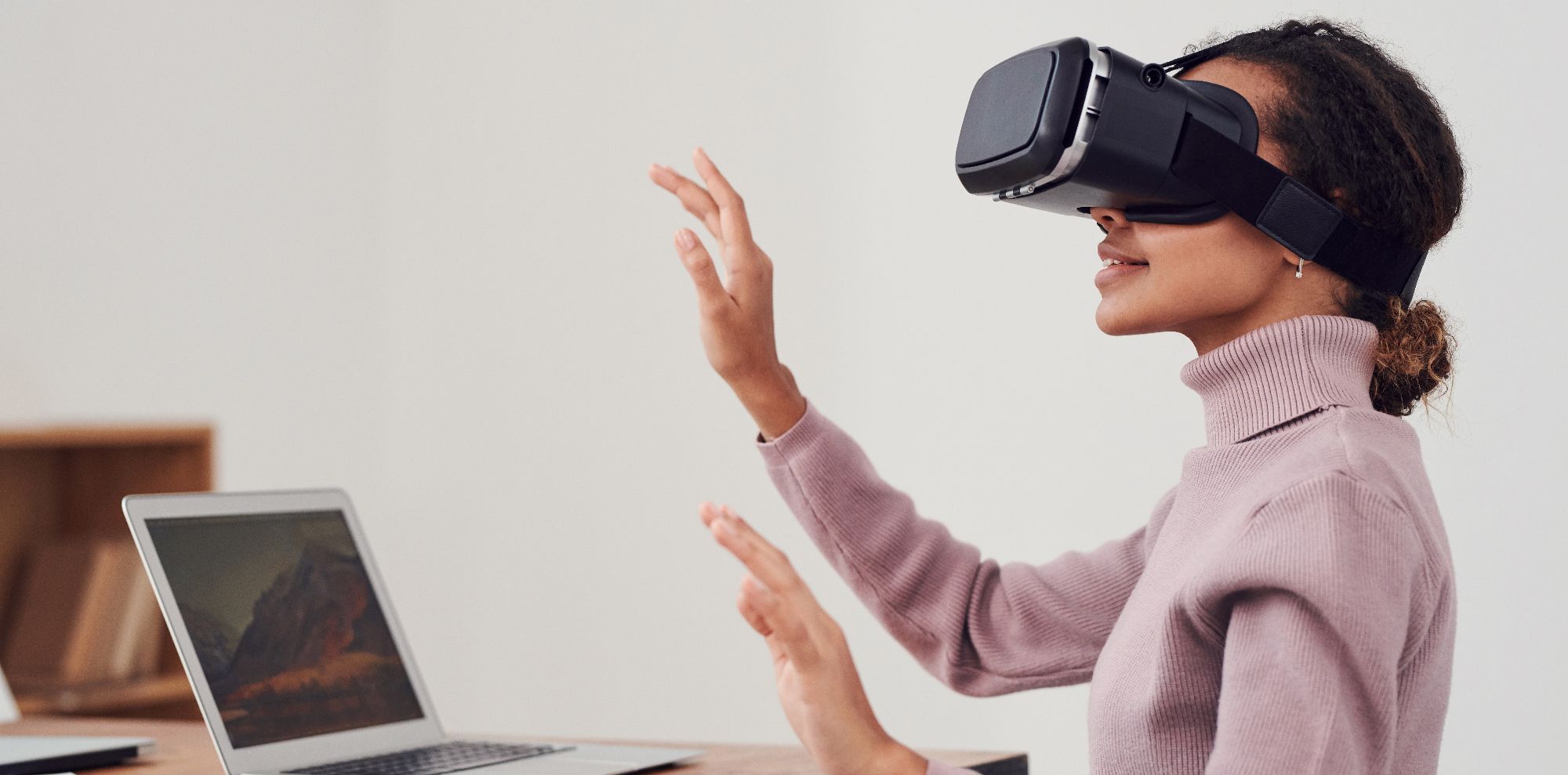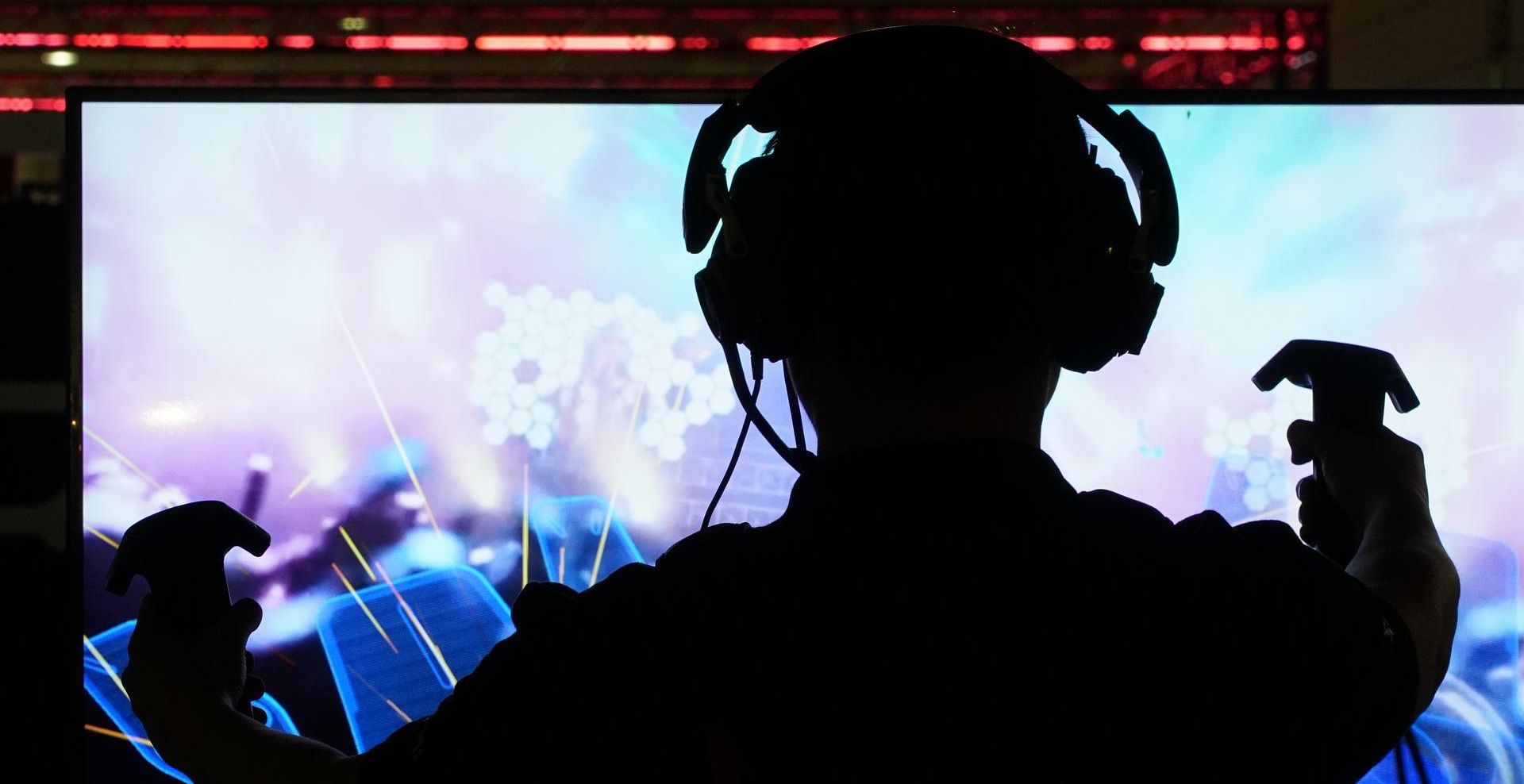As technology advances, we've started to see the rise of altered realities, the most well-known being virtual reality. Alongside this, you've got augmented and mixed reality. These technologies can all be referred to as extended reality. So, what does extended reality actually mean, and how is it being used today?
What Is Extended Reality (XR)?
Extended reality (XR) is an umbrella term used to describe all kinds of altered realities offered by technology, including virtual, augmented, and mixed reality. You've probably seen someone using a virtual reality (VR) headset over the past few years, as it's becoming increasingly popular. The rise of the metaverse is also accelerating the growth of this technology.
On the other hand, augmented reality (AR) integrates virtual objects into a real landscape via a camera and screen and has a lot of uses, though it's not as well-known as virtual reality yet. Lastly, mixed reality (MR) allows real and virtual objects to interact, like Microsoft's Mesh Mixed Reality platform.
These different kinds of altered realities are now being adopted by a range of companies. So, how is extended reality being used today?
1. Gaming
As you may have guessed, one of the most popular uses for extended reality is in gaming. There are already a number of great games out there that you can play using virtual reality tech, like Beat Saber, Half-Life: Alyx, and Moss. This kind of gaming is incredibly immersive and is now a favorite for many.
There are also augmented reality games on the market today, one of the most notable being Pokemon GO, which still has an active player base of more than 70 million users. A lot of well-known AR games are played on a smartphone, as it's the easiest way to use a camera in a mobile setting.
2. Vehicle Design and Development
Designing a new product can be a very long and technical process, but extended reality can be of service here. Developers can use virtual reality to get a 3D view of a product design before it's been created, allowing them to get a better idea of what it'll look like and how it'll function.
Many car manufacturers now use some extended reality in their product design and development. BMW uses augmented reality in the design process to "present vehicle functions and new interior concepts," giving developers an easier way to see how a car will look, how it'll drive, and its overall performance before it is given the green light for manufacture.
Land Rover has also integrated virtual reality into its development process to see how potential models will look both inside and out.
3. Virtual Try-Ons in E-Commerce
Imagine being able to try an outfit on virtually before you buy it online. This is quickly becoming the case in the e-commerce world, so customers don't need to hesitate over their purchases because they just don't know how a piece of clothing will suit them.
Companies can now help big fashion brands by providing customers with an AR-based try-on option. Take Vertebrae, for example. This company allows clients to use their 3D and AR tech to provide their customers with a virtual try-on experience before confirming their transactions. Vertebrae also help furniture and homeware companies, giving them the ability to offer customers the option to view objects in their homes on their devices.
4. Surgical Plans and Physiotherapy in Healthcare
Extended reality even has applications in the medical field. For example, doctors can now offer patients the chance to view their surgery plan via virtual reality to see how things are set to play out. This can give a patient a little more confidence in the procedure, or can simply educate them on how things work.
Additionally, virtual reality can be used to help physiotherapy patients recover. Giving the patient the ability to immerse themselves in a game setting that requires movement can speed up the rate of their recovery. This can also be used with younger patients, who are more inclined to work on their recovery if it can be done in a more entertaining way.
5. Property Viewing in Real Estate
Sometimes, viewing a property when you're looking for a new home can be inconvenient, especially if it's far away. Additionally, some individuals want to get an in-depth look at a property before they book a physical viewing. This is where VR can be of help.
Real estate companies that want to use this kind of technology can hire VR developers to create virtual tours on their behalf for clients. Matterport, for example, provides real estate professionals with 3D and VR tours of properties. Matterport uses something called "True3D" technology, which can provide immersive walkthroughs, floor plans, and even measurements of interiors for clients. Who'd have thought that you'd one day view your next home through a VR headset?
6. Enhancing Learning Experiences in Education
It can be difficult to absorb knowledge and even more difficult to teach. So adding some more exciting elements to the learning experience can be a big help. So, how can extended reality be used in this sense? Let's take a look at ClassVR to answer this question.
ClassVR is a company that provides schools with VR hardware and software so that children can more effectively learn about a range of different topics. ClassVR allows students to see the world, look inside the human body, check out famous artworks, and better understand how machinery works, all through the lens of VR. And this is just a handful of ways that ClassVR can be used. Services like this could massively enhance the learning experience for students of all ages.
Extended Reality Has Heaps of Practical Uses
The continued development and adoption of extended reality will make it a key technology in our modern world.
Whether you're trying on a potential outfit, learning about an upcoming surgery, or checking out a property, extended reality has proven useful in various industries. We'll likely see its prevalence grow more and more in the coming years, which is pretty exciting!






